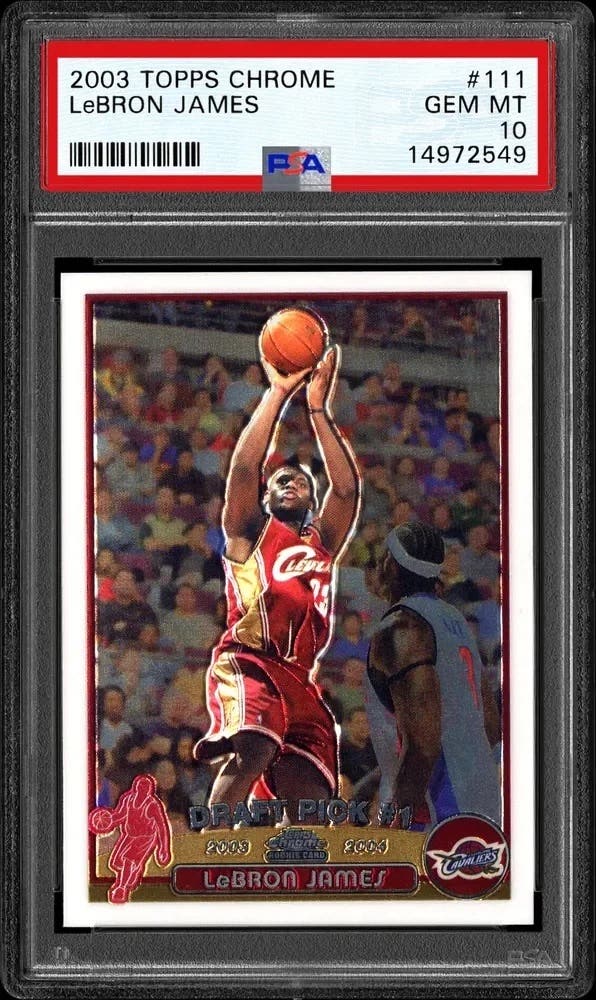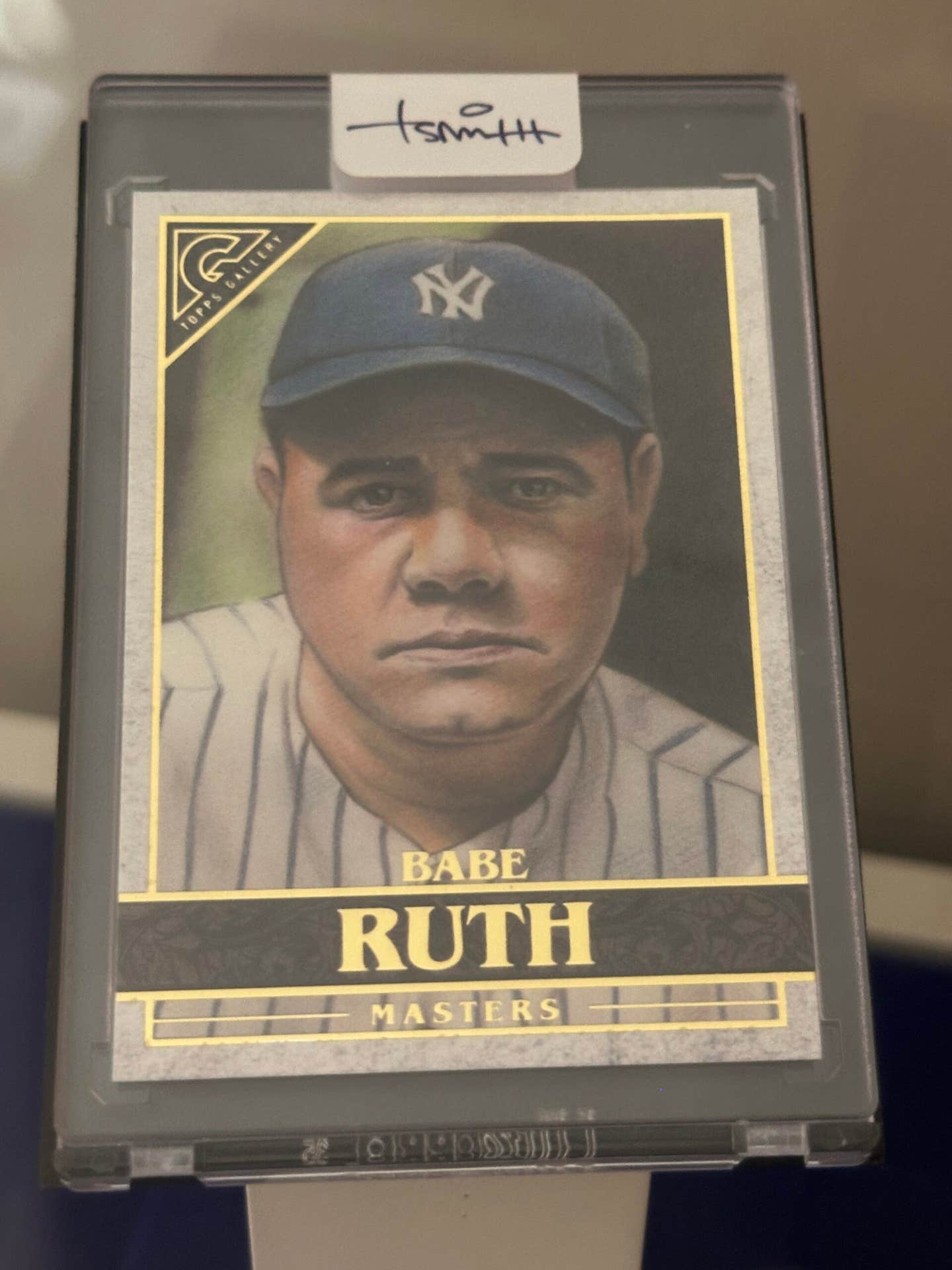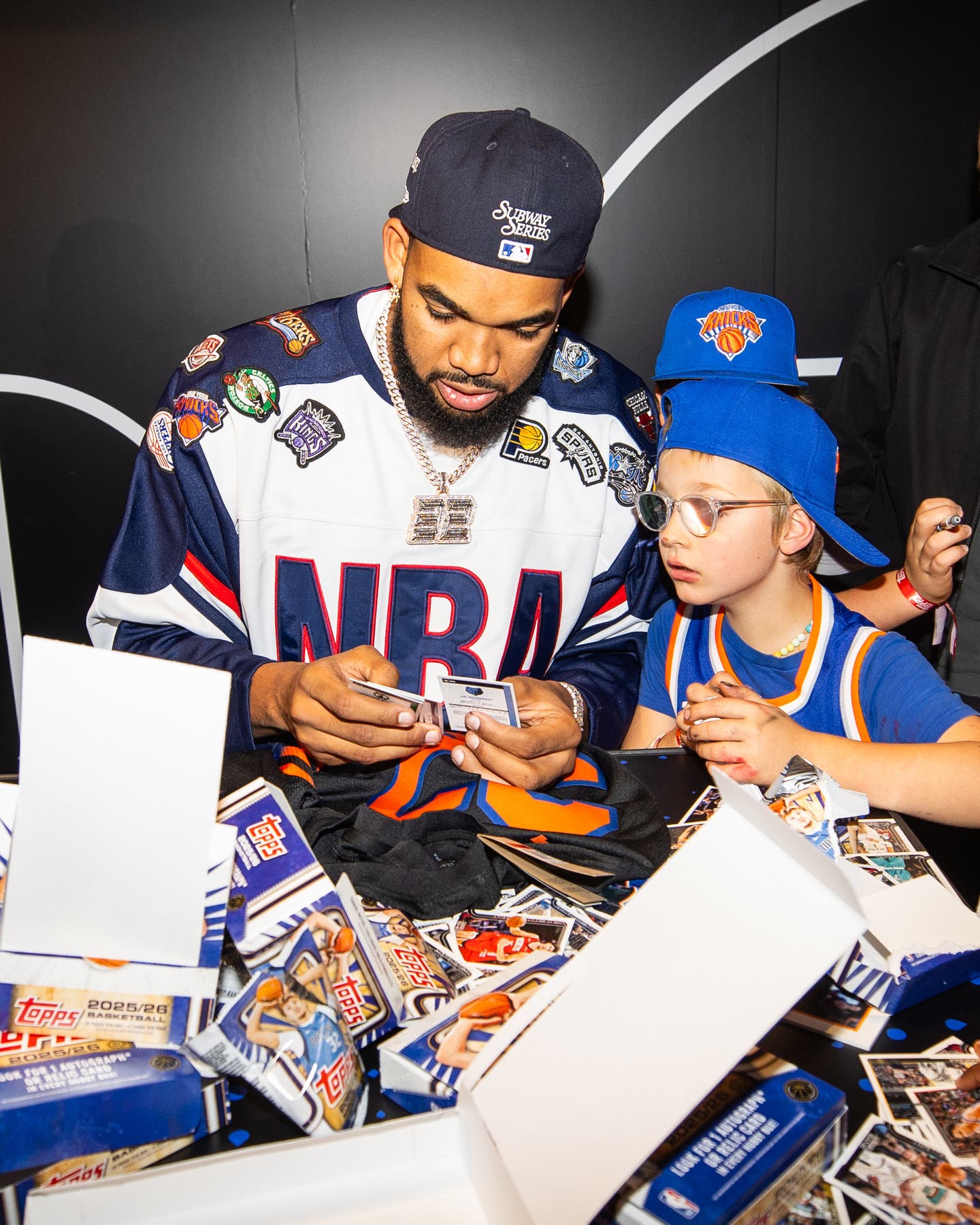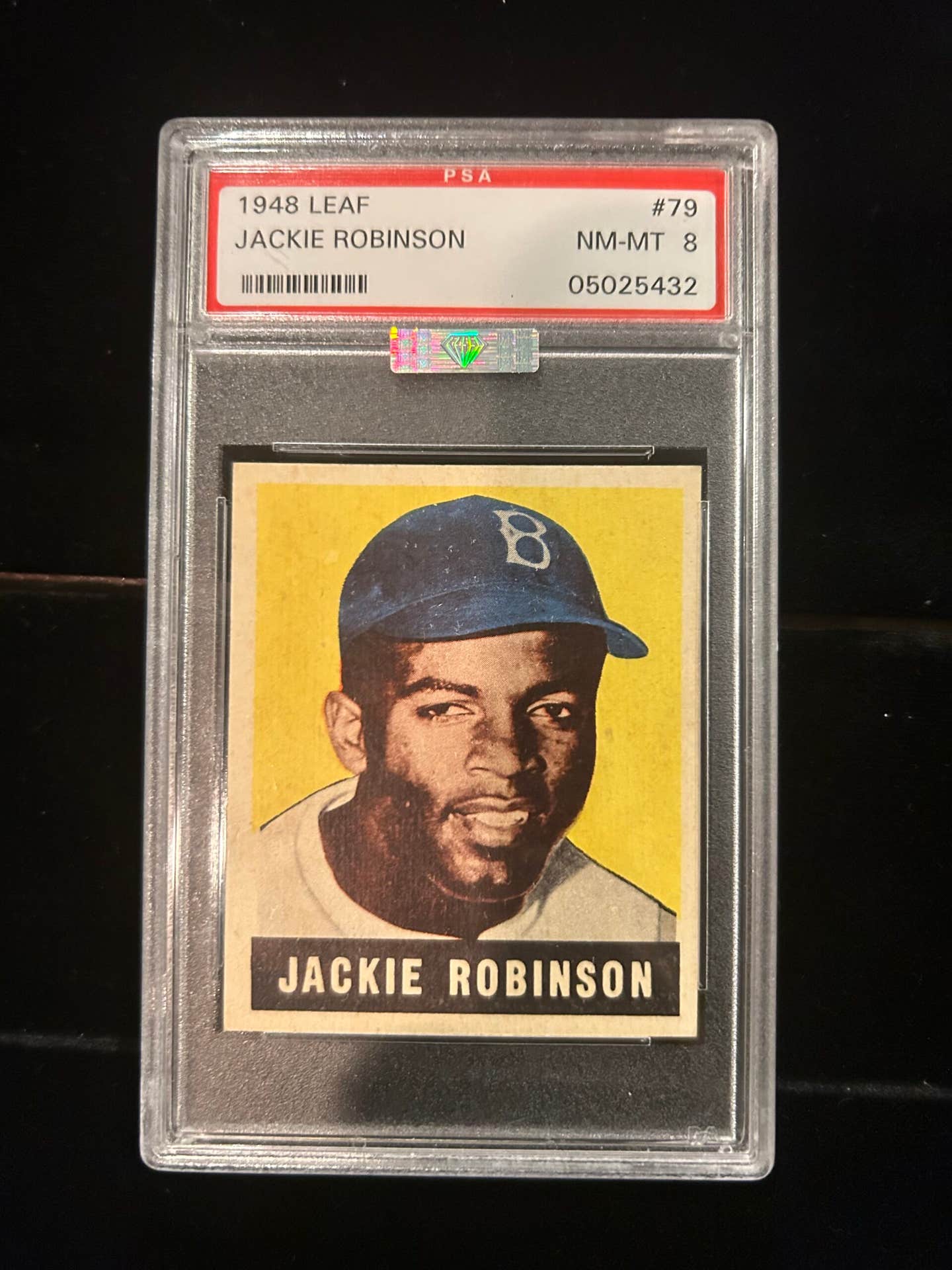What's It Worth?
SCD Classic – 1959 Topps Baseball, one card short
My mother always stressed the importance of making a good first impression. The 1959 Topps Baseball set starts out with Commissioner Ford Frick as the No. 1 card. Yuck.
From such an inauspicious beginning, the set turns out to be one of the neatest, most attractive and colorful sets that the company ever produced. That's subjective, certainly, but so are first impressions.
The set doesn't have too many flashy rookie cards, the most notable being a high-number Bob Gibson rookie that is something less than a masterpiece with a faux purple background color defies description.
For those who like irony, 1959 marked Topps' first official foray into the "rookie card" arena with a Sporting News Rookie Stars of 1959 subset that was something of a bust artistically. It didn't produce any pricey rookie cards 40 years later, the most prominent players being Bob Allison and Johnny Callison. Plus, the design of the card is a gaudy red, white and blue bit of business clearly designed to elicit a salute in lieu of more genuine admiration.
But having said that, I would quickly add that there is almost nothing else wrong with the set. But few baseball card sets can lay claim to being "perfect." There's always something amiss somewhere.
So it is in the 1959 Topps set as the then-Brooklyn based company created what was the largest set ever, only to come up short one card.
Teddy Ballgame.
After signing Ted Williams and celebrating in 1954 with two cards of the Splendid Splinter, Topps understandably made Williams the marquee card for collectors, and in fact made Williams the No. 1 card in its set three times over that five-year span.
But in 1959 Fleer snagged Ted away from Topps. Sy Berger, he of considerable fame as one of the creative forces behind the classic sets of the 1950s and 1960s, decided to let Williams out of his contract in 1959 when Fleer opted to do an entire set (80 cards) called "The Life of Ted Williams."
A grand gesture, to be sure, since Berger was good friends with Williams, but it left the 1959 Topps set with that one very important missing person. Players being missing from sets, even some of the biggest names in the game like Williams and Mickey Mantle, was not all that uncommon in the 1950s when Topps and Bowman were wrangling over exclusive contracts, but by 1956 that problem had been sorted out with Topps' buyout of Bowman.
The Topps issues of 1956-58 had virtually everybody of note included, except Stan Musial. The 1959 set even had Stan, with his first appearance in a regular-issue Topps card coming a full 19 years after he first donned a major league uniform.
And the set even had a card of a player who wasn't playing that season. Roy Campanella, in a wheelchair and still recovering after a horrifying auto accident in December of 1957, is pictured in his chair in a marvelous "Symbol of Courage" card in the high series in 1959.
So with (almost) everybody present and accounted for, Topps added a number of new touches that helped swell the final card count to a whopping 572. The laughingly alliterative combination cards really hit their stride that year, with classics like "Words of Wisdom" (Casey Stengel and Don Larsen), "Batter Bafflers" (Dave Sisler and Tom Brewer) or "Cubs Clubbers" (Dale Long, Ernie Banks and Walt Moryn). In the case of "Words of Wisdom," Casey's comments to his 1956 World Series game pitcher may have been something akin to, "Pack your bags," since Larsen was unceremoniously dispatched to the Yankees Midwest outpost in Kansas City following the season.
And as for "Batter Bafflers," the youth of America may have been a bit baffled themselves, since Sisler, despite his Hall of Fame pedigree (father George) wasn't even on the Red Sox by the time the card appeared in fourth series in the middle of the summer.
The 1959 set also had "Keystone Combo," which is an even more highly evolved form of alliteration where the two words sound alike but begin with different letters. I would like to tell you that finding that card helped me learn the meaning of "keystone," but to tell the truth, I always thought it meant "second base," since Nellie Fox was pictured with Luis Aparicio on the card. Many decades later in life when I moved to Pennsylvania, I thought it a tad strange that it was known as "The Second Base State," but didn't care enough about the apparent absurdity to pick up a dictionary.
Those campy combination cards may have also raised a few eyebrows and sent some youngsters scrambling to the dictionary, what with little ditties like "Corsair Outfield Trio." At the time, we knew it probably had something to do with pirates, since Bob Skinner, Bill Virdon and Roberto Clemente were pictured. It was all part of Topps subtle educational efforts on behalf of the youth of America.
And though the concept might have been a bit arcane for a nine-year-old in 1959, there was also the opportunity to at least marginally understand the concept of "Damning with faint praise."
Pete Whisenant, card No. 14, was a guy who looked like he should have hit 30 homers in his sleep, and his name even sounded like a baseball player's name. But what does the famous Topps cartoon on the back of the card say? "Pete's 5-for-5 game last season or maybe a three-homer game?" Nope. "Pete's favorite hobby is eating," it says under a cartoon of a guy having a snack. I can't speak for the rest of you, but it made me wonder at the time what his other hobbies might be. Breathing and sleeping?
So by noting that Topps could think of nothing else to say on the back of Pete's card other than to point out how much he liked food, we understood about "faint praise," even if we didn't call it that at the time.
Such nuances aside, the set was as popular in 1959 as it is nearly 50 years later. Issued in seven series and starting around the time that the first pitch of opening day was offered (what a concept!), the cards came in white and grey backs, giving a hint to collectors how much improved the cards would be if Topps would spend the extra few pennies for the white card stock. The first series, with the white backs, is spectacular, with one of the nicest Mickey Mantle cards ever offered (No. 10, $500 and up now depending on the grade) and a classic Willie Mays card at No. 50.
Topps even figured out a way to get additional cards of the top players included in the set by producing a first-ever "Baseball Thrills" subset that featured milestones achieved by folks like Mantle, Musial, Mays, Rocky Colavito and Henry Aaron. While hardly revered at the time of issue, those kind of cards can be very pricey nowadays, often commanding even hundreds of dollars in the case of the biggest names.
Series Two in 1959 laid claim to that less-than-inspiring "Rookie Stars" subset, but also to the aforementioned Musial card (No. 150) and also a classic Sandy Koufax card (No. 163). Price guides list both cards at $100-plus, which can be deceiving, since the higher grades normally sell for much more than that and the top rung of third-party graded specimens can reach thousands of dollars.
One of the other notable rookie cards from the set, Sparky Anderson, appears in the fourth series, and if not many survived over the next decade it's understandable, since Sparky's fame would come well after he hung up his spikes. Back in those days, one fears he often wound up in bicycle spokes.
Price guides list the near-mint cost of the set at around $5,000, but the staggering prices paid these days for highest-grade cards makes such things iffy propositions. In fact, in auctions in recent years, high-grade 1959 sets have sold for multiples of that figure.
Switcheroos
A couple of famous cards also turned up in mid-summer, though not involving players of superstar caliber. Braves hurler Lew Burdette is pict ured on his card (No. 440) ready to fling the horsehide plate-ward with his left hand, but of course, he was a righty. His pioneering fun with the often beleaguered Topps photographer would be copied down through the years, as others (Bob Uecker, for example) would take a batting stance from their opposite side, or even recruit the batboy (Auerilio Rodriguez did this in 1969) to stand in for them.
The "wrong photo" card that appears in the set probably didn't result from that kind of mischief but simply from a production snafu in Brooklyn. Camilo Pascual is pictured on the front of Ralph Lumenti's card (No. 321), which might seem like a serious slight in and of itself, except that Lumenti only pitched three innings of major league ball that season. And none thereafter.
That same "Lumenti" card is also one of seven cards in the four and fifth series that exist with and without a line of type added about trades, sending so-and-so down to the minors or down to the corner store for a carton of cigarettes.
The early printings without the lines can be very expensive; the latter versions with the mildly humiliating extra line of text are much more plentiful and thus less expensive.
But the occasional misstep aside, the set easily remains my favorite ever (could you tell?) because of the colorful backgrounds and the often wonderful photographs.
I especially loved the No. 380 Henry Aaron card, which made the eventual home run king look even younger than his 25 years at the time. But I was bothered, and still am, by the fact that he was No. 380.
By 1959, Topps had already well established a fascinating numbering system with its baseball card sets whereby status was accorded to specific numbers within the set. Nowhere did this information appear in writing, and certainly not in stone, but we knew it to be so.
No. 1, naturally, was the best, which helps to explain our anguish at such an honor being accorded to an executive. Then hundreds were probably the next in the hierarchy, with No. 500 having the edge over 100, 200, etc. Then it was 50s and even down to 10s. You get the idea.
So how come Aaron was No. 380? Bob Cerv was given No. 100 that season. True, he had hit 38 homers in 1958, but before that the best he ever did in the four bagger department was 11.
No way this nine-year-old was going to stand still for Aaron being No. 380 and Bob Cerv No. 100. I figured that if Topps was so short of numbers that Aaron had to wind up with No. 380, Cerv should have been something like the dreaded 427.
I still haven't gotten over it.








